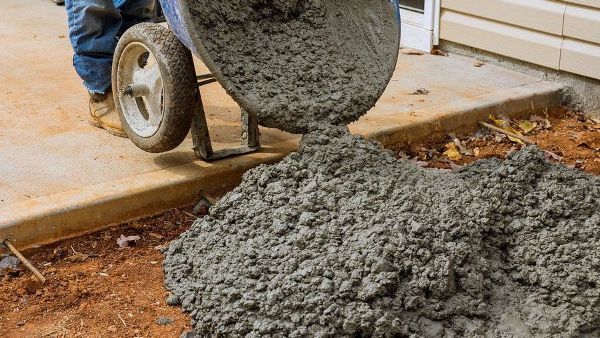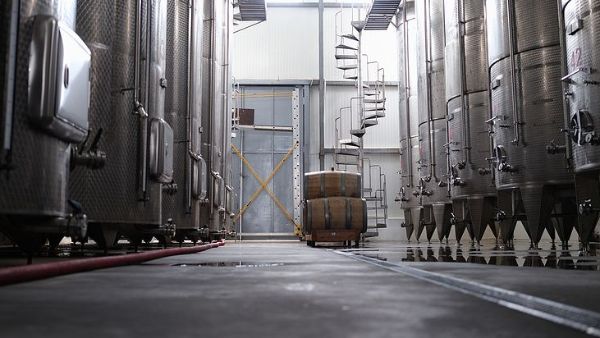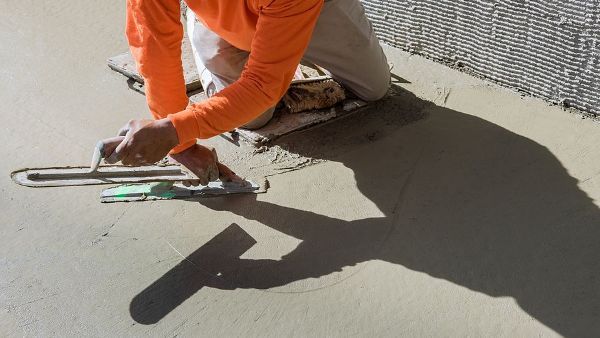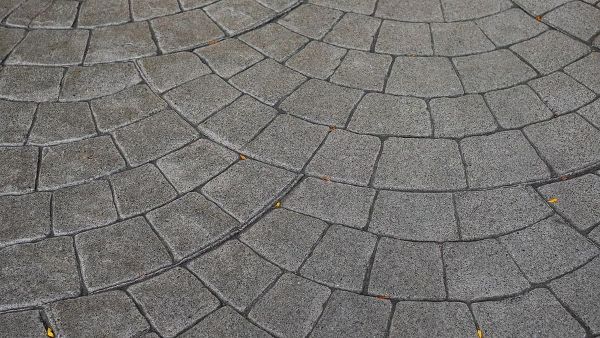A Quick Guide to Calculating Concrete Amounts for Any Project
How Much Concrete Do I Need for My Project?
Companies providing concrete construction in Sonoma County understand the intricacies of their trade. Ordering the right amount of concrete for a job is critical to delivering high-quality work within time and budget constraints. This guide explains how professionals determine this figure before starting projects.
Geometry and Volume Formulas
Remember calculating solid object volumes in high school math class? You’re going to use those same basic formulas now to determine how much concrete you need. Don’t worry — you won’t have to take a test. Just refer to this section as a handy reference for your future projects.
To make things easier on yourself, use the same measurement units for all the values in each formula. You can use one of the conversion calculators at Calculator.net to make any conversions you need, including cubic inches to cubic yards when working with concrete premix bag yields.
Solid Slabs and Columns
Specialists providing concrete construction in Sonoma County use a basic formula for calculating square and rectangular slabs — volume equals length times width times height. Solid round slabs require a cylindrical formula, in which volume equals pi times the radius squared times height. For easy reference, you can find these formulas below:
- Square or rectangular slab: V = L x W x H
- Cylindrical or round slab: V = π x R2 x H
Square slab formula calculations are straightforward. With a slab that’s 96 inches long, 96 inches wide, and six inches high, for example, your formula would look like this: 96 x 96 x 6 = 55,296 cubic inches or 1.185 cubic yards.
For a round slab measuring 72 inches across and 12 inches high, your formula looks like this: π x 362 x 12 = 48833.28 cubic inches or 1.047 cubic yards. Note that this calculation uses 3.14 for the value of pi. To get the radius for this formula, divide your diameter by two.
Hollow Circular Slabs
Determining the volume of a hollow circular slab is a three-step process. Experts on concrete construction in Sonoma County may start by calculating its volume as if it’s a solid object. They’d use the cylinder volume formula (V = π x R2 x H) with its outer diameter and height. For example, we have a slab with an outer diameter of 60 inches and a height of five inches. We can calculate it as follows: π x 302 x 5 = 14,130 cubic inches.
Next, we determine the volume of the hollow area inside the slab. Use the same formula with the hollow area’s diameter and slab height. In this example, it measures 48 inches in diameter. We’d calculate the inner area this way: π x 242 x 5 = 9,043.20 cubic inches.
Finally, subtract the second result from the first: 14,130 - 9,043.2 = 5,086.80 cubic inches or 0.109 cubic yards. This is the hollow slab’s total volume.
Curb and Gutter Barriers
Computing curb and gutter volumes involves the same basic formula: V = L x W x H. For curbs, use the curb depth measurement in place of the width. With gutters, plug in the flag thickness for the height value. Here are simplified formulas for quick reference:
- Curb Volume = Curb Height x Curb Depth x Length
- Gutter Volume = Gutter Width x Flag Thickness x Length
Once you have both values, add them together to get your total volume.
Stairs
Concrete stairs are a bit trickier, but it’s still possible to figure them out. Most pros in concrete construction in Sonoma County start by computing individual stair volumes using some key measurements:
- Run
- Rise height
- Step width
Use the V = L x W x H formula for each stair, plugging in the step run for L, step width for W, and rise height for H. Add the individual stair calculations together to get your total volume. If your stairs include platforms, you’ll need to include those measurements and calculations as well.
Concrete Bag Yields
Premix concrete nags come in several weights. Most are available in 10-pound increments, typically starting at 40 pounds and ranging up to 90 pounds. To figure out the amount of concrete needed for your project, you should first know the approximate yield per bag:
- 40 pounds: 0.011 cubic yards
- 50 pounds: 0.0138 cubic yards
- 60 pounds: 0.017 cubic yards
- 80 pounds: 0.022 cubic yards
- 90 pounds: 0.025 cubic yards
You must select your bag size to complete your calculations. Divide the total volume of concrete needed for your project by your chosen bag size’s yield. For example, our example slab measuring 96 x 96 x 6 inches requires 1.185 cubic yards of concrete. If we want to order 60-pound bags, we’d divide 1.185 by 0.017 to get 69.7 — basically, we need 70 bags to complete our job.
High-Quality Concrete Construction in Sonoma County
Precision and care are vital to any concrete structure. From commercial to residential projects, RTS Construction delivers superior-grade concrete construction in Sonoma County with integrity, trustworthiness, accountability, and reliability. Request an
online estimate or call us at (707)-620-0904.





